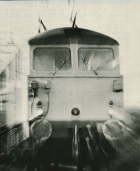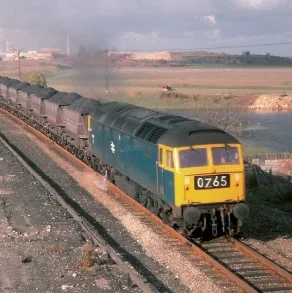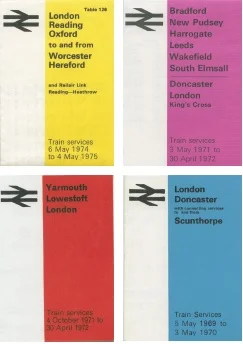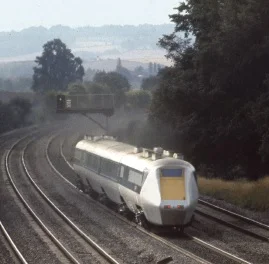Background to the book
‘Any Colour You Like’ has been put together to tell the story of British Rail in the 1970s, an often overlooked decade in railway history which came after Beeching and the end of steam.
Nobody had seen a heatwave or drought like it, and many of the records set in 1976 have not been broken since. The preceding dry winter meant water shortages emerged as early as April, and temperatures then soared above 32C for more than two weeks in June and July. It is emblematic of the seventies that the Government chose to appoint Denis Howell as Minister for Drought just three days before a wave of thunderstorms broke the spell in the last week of August. Throughout that long hot summer, British Rail’s engineers were preparing to launch the greatest railway achievement of their generation. A new High Speed Train able to operate 25% faster than anything else in the UK was launched into regular service on 4th October between London, Bristol and South Wales. Some have argued that the Inter-City 125 saved BR. It was certainly a significant achievement transforming speed and capability, in many ways revitalising the fortunes of Britain’s nationalised railway and breaking many records of its own, but that is only part of a complex story.
‘Any Colour You Like’ brings together several of my interests in railways and beyond. I grew up in the seventies and was gripped both by ‘Mallard’ at the brand new National Railway Museum and the sparkling Inter-City 125 at Doncaster Works open day. And I’ve always maintained an interest in the traditional era of diesel and electric operations which was at the heart of the railway in the 1970s. Add to that my interests in the economic, political and social history of the late 20th Century – the Cold War and mutually assured destruction, the decline of empire and the post-war consensus, and the golden era of rock and pop – and there is suddenly a breadth of topics to include in the story I wanted to tell.
I have also brought together several complimentary elements to accompany the text and add richness and variety to my history of the seventies railway. A range of photographic sources accompany the words – and in many cases have been selected to directly support the text. I’ve also built an extensive collection of leaflets, timetables and other marketing materials and chosen the best visually. Finally, but by no means least, I sought out seven career railwaymen for whom the seventies was formative, their contributions adding eye-witness accounts and authenticity.








